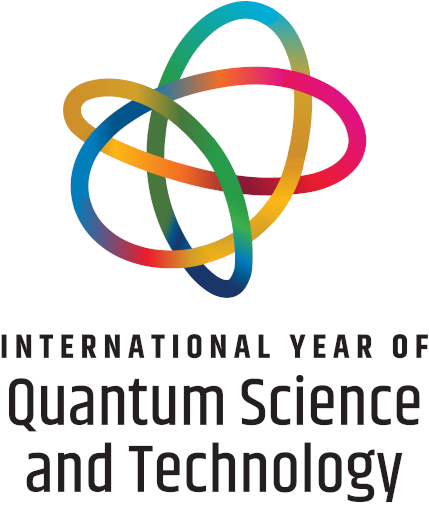Electron distribution model in a solid sphere for relativistic collisionless plasmas
Abstract
Studying high-energy plasma requires accounting for temperature, one of the primary plasma parameters, along with electron number density. This can be modeled using an adiabatic process through the Poisson-Boltzmann equation. However, variable temperature produces a non-ideal constant adiabatic index, Γ and Λ values.The temperature dependence of the adiabatic index, Γ, is that it decreases with increasing temperature. Γ reaches a value close to the classical, non-relativistic constant 5/3 for low temperatures, while at higher temperatures, it approaches the relativistic ideal gas constant 4/3. As we compare electron density distributions for 1 keV, 10 keV, 100 keV, 1 MeV, and 10 MeV, we find that as temperatures approach relativistic behavior, Γ = 4/3. Furthermore, Λ values closer to one show a more significant deviation from the constant adiabatic indexes. Considering these variances, we can then model more realistic electron-ion interactions in relativistic collisionless plasma.
Downloads
Issue
Entangled!
25-28 June 2025, National Institute of Physics, University of the Philippines Diliman
Please visit the SPP2025 activity webpage for more information on this year's Physics Congress.
SPP2025 Conference Organizers
SPP2025 Editorial Board
SPP2025 Partners and Sponsors











